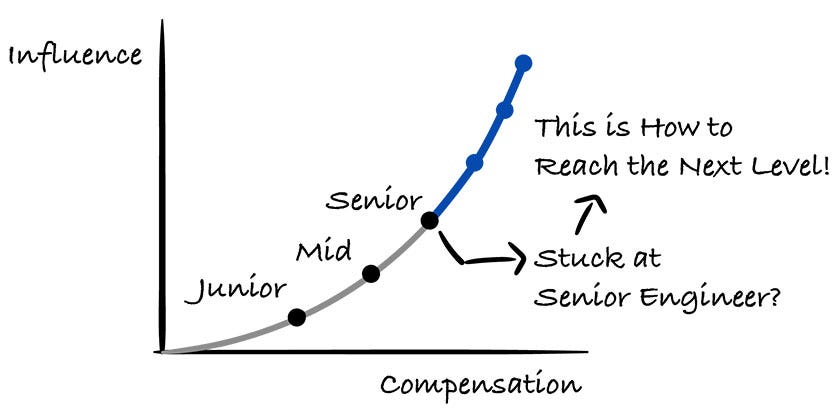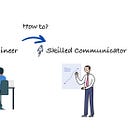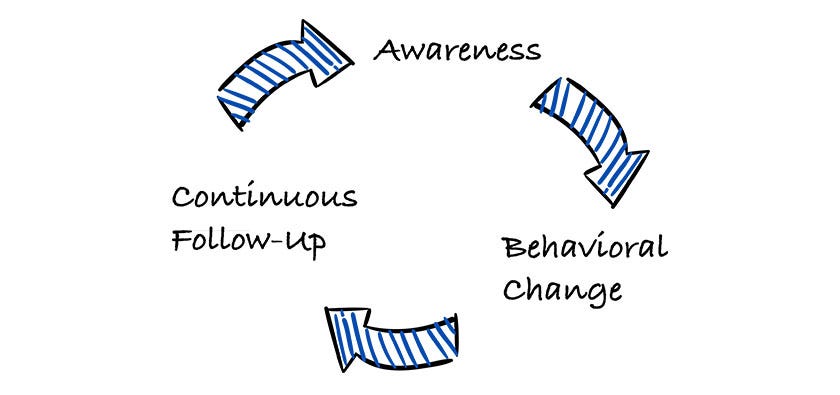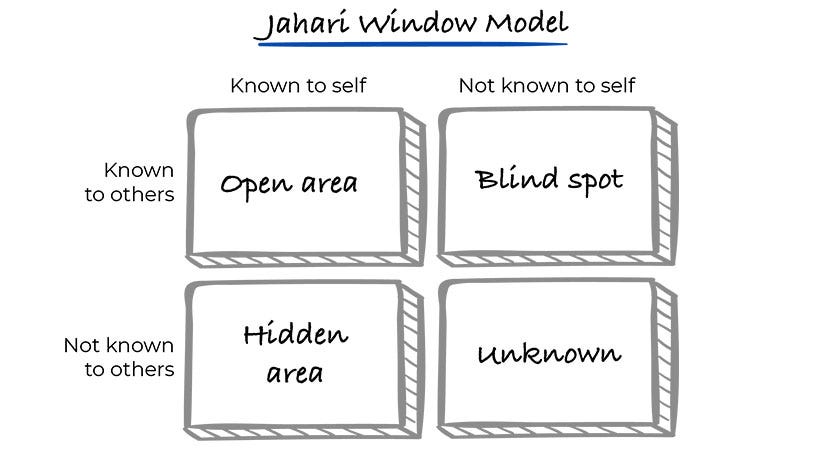Stuck at Senior Engineer - How to Break Through and Reach the Next Level
Break past Senior Engineer with the proven 3-step Leadership Loop!
Intro
When I was a Senior Software Engineer, I felt stuck. I was overthinking about my career path and I didn’t know which particular skills I should focus on:
“What is going to be that next step for me?”
“Should I go into management, architecture or should I grow as an IC?”
“What particular skills should I be learning next?”
These questions were always on my mind. My growth was stagnating because I wasn’t intentional about my growth and I didn't have defined goals.
So, it's really important that you at least have some idea in which direction you wish to grow and on what particular skills to focus on.
To help us with this Pramoda Vyasarao is sharing today a structured 3-step Leadership Loop that will help you to break through Senior Engineer and grow to the next level!
This is an article for paid subscribers, and here is the full index:
- Get Intentional About Growth or Get Overlooked
- What Got You Here Won’t Get You There
- The Leadership Loop: A Playbook for Behavioral Growth
- Step 1: Awareness
🔒 Step 2: Behavioral Change
🔒 Step 3: Continuous Follow-Up and Measurement
🔒 The Leadership Loop in Summary: ABC Model
🔒 Why This Works
🔒 A Real Example: The Invisible Tech Lead
🔒 Final Thoughts
🔒 Recommended Readings:
🔒 Last words
This is our second collab with Pramoda and you can read the first one here:
Introducing Pramoda Vyasarao
Pramoda Vyasarao is a leadership and communication coach with over 20 years of experience in the tech industry. In his career, he grew from an engineer all the way to Director at Oracle and later also worked at Meta as a Head of Data Engineering.
Pramoda is teaching a popular course on Maven called Communication Engineering, where he helps everyone to improve their communication and leadership skills.
Check out the course, the cohort starts on September 6.
Get Intentional About Growth or Get Overlooked
You’re the go-to person for production issues. You write reliable code, review PRs thoughtfully, and your team knows they can count on you when things get hard.
But when it comes time for a promotion, to staff engineer or engineering manager, you're overlooked.
You’ve done everything right. You’re productive, reliable, and technically strong.
So why are you stuck?
After two decades of coaching and leading engineers at Meta and Oracle, I’ve seen this pattern play out over and over again. Engineers hit a ceiling at the senior level, not because of a lack of ability, but because the next level requires an entirely different skill set.
And it’s not one we’re taught.
What Got You Here Won’t Get You There
Becoming a great engineer requires mastering systems, tools, and problem-solving. But becoming a staff engineer or an engineering manager involves something more:
Influencing decisions across teams
Communicating clearly with non-engineers
Leading without formal authority
Delegating instead of doing everything yourself
Navigating conflict and tension
Creating clarity for others, not just solving for yourself
These are all leadership skills, and most engineers don’t know where to start.
Now imagine this:
What if there were a system to help you grow these leadership skills, with clear steps and measurable progress?
There is. It’s called the Leadership Loop.
The Leadership Loop: A Playbook for Behavioral Growth
The Leadership Loop is a 3-step framework designed to help engineers grow into influential, respected leaders without leaving behind their technical identity.
Most leadership models weren’t designed with engineers in mind. This one was adapted to be.
It builds on the work of Dr. Marshall Goldsmith, whose stakeholder-centered coaching model has helped countless executives create real, observable change.
I’ve refined his approach for technical professionals, based on my experience coaching over 500 engineers and managers since 2008.
The result is a practical, repeatable loop for leadership growth, centered on feedback, reflection, and visible progress.
It’s also a core part of my 4-week online course on Maven.
What sets this model apart is that it’s not based on guesswork or vague feedback. It’s based on data, accountability, and a feedback loop, something engineers already value.
At its core, the model focuses on stakeholders → the people around you who see your behavior in real time: your teammates, your manager, product managers, and peers. They are the ones who experience your leadership. So their perspective matters.
Let’s break down the three steps of the loop.
Step 1: Awareness
“Who are you?” and “How do people perceive you?”
Most senior engineers think they’re self-aware. But the reality is: you can’t see yourself clearly without a mirror.
That mirror is your team.
This step is about learning how others experience you. It starts with two tools:
1. Run an Anonymous 360-Degree Feedback
Ask your key stakeholders for honest, anonymous feedback, not on your code quality or task completion, but on your behavioral impact.
Do you listen well?
Do you include others in decisions?
Do people feel safe disagreeing with you?
These questions help uncover how you’re showing up, not just what you’re doing.
You’ll often discover blind spots. Things you didn’t know you were doing or failing to do. This is where real leadership growth begins.
2. Take a Personality Assessment
Use tools like StrengthsFinder, DISC, or MBTI to understand better how you process the world and how you prefer to work.
These aren’t absolute truths, but they give you a helpful starting point for self-reflection. They help you put language to your style, and why you might clash with others who operate differently.
Now, combine these tools using the Johari Window, a model that maps self-awareness into four quadrants:
The goal is to shrink the “Blind spot” and expand the “Open area.” You do that by seeking feedback and making behavioral changes to address the gap.
Awareness gives you a map. Now you need movement.
“The first step toward change is awareness. The second step is acceptance.”
— Nathaniel Branden








